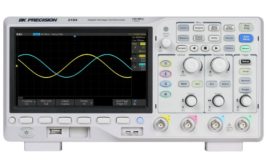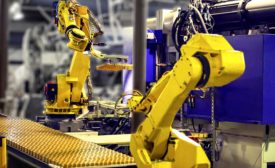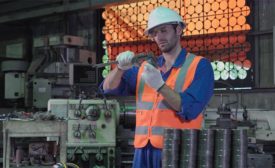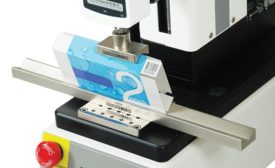Coronavirus Coverage
Test & Inspection
As the pandemic and advances in technology impact the field, education and training remain paramount — especially for newcomers.
Read More
Manufacturing Skills Gap
COVID Has Not Helped the Skills Gap
Training programs paused during the pandemic, but manufacturers are upping their game to attract workers.
November 1, 2022
Management
Just Starting the Automation Game? Three Steps to Make the Jump Easier and More Cost-Effective
If you're still considering taking the first—or possibly next—step in your automation journey, start with the following steps to facilitate the process and feel more comfortable doing it.
August 15, 2021
Test & Inspection
How the Pandemic and Quality 4.0 are Changing Testing and Inspection
To discuss trends in testing and inspection, we must first discuss the impact of Covid-19.
August 8, 2021
Management
The Quality Profession Since the Pandemic
While Some Concerns Remain the Same, Manufacturers Faced New Challenges Over the Past Year
July 8, 2021
Essential Testing for Essential Industries
Force measurement is an important characteristic in meeting the requirements of a quality product.
August 26, 2020
Quality Headline
Global Client Survey Shows Positive Upturn in Manufacturing in the Wake of COVID-19
August 12, 2020
NDT News
NAM Survey: Manufacturers Continue Operating in Support of COVID-19 Response
August 5, 2020
From the Editor
Manufacturing Today
Manufacturers are adapting to a changing world.
August 3, 2020
Stay in the know with Quality’s comprehensive coverage of
the manufacturing and metrology industries.
eNewsletter | Website | eMagazine
JOIN TODAY!Copyright ©2024. All Rights Reserved BNP Media.
Design, CMS, Hosting & Web Development :: ePublishing










